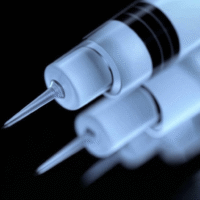Evaluation of Uterine Closure Techniques in Cesarean Sections
Study Overview
This study compares two methods of closing the uterus after a cesarean section (CS): single-layer and double-layer suturing. We looked at how these methods affect scar healing over six months.
Study Details
We conducted a trial with 56 women who had elective cesarean sections. They were randomly assigned to either the single-layer or double-layer closure group. Six months later, we used transvaginal ultrasound to examine the scars, measuring their size and thickness.
Key Findings
- Both groups had similar scar characteristics and thickness.
- No significant differences in scar volume were found between the two techniques.
- The double-layer closure took about 5 minutes longer and resulted in a slightly smaller decrease in hemoglobin levels.
- Rates of postmenstrual spotting were similar in both groups.
- Both groups had a few spontaneous pregnancies within six months.
Conclusion
Both single-layer and double-layer closure techniques have similar effects on scar healing after cesarean sections. Ultrasound is a valuable tool for monitoring scar recovery.
Practical Solutions and Value
Clinical trials are essential for developing safe treatments. Our AI-driven platform, DocSym, integrates clinical standards and research, making it easier for healthcare providers to access vital information.
In today’s healthcare, efficiency is key. Our mobile apps help with scheduling, treatment monitoring, and telemedicine, improving patient care and expanding services.
By leveraging AI, clinics can streamline their processes, enhance patient outcomes, and reduce paperwork. Discover more at aidevmd.com.


























